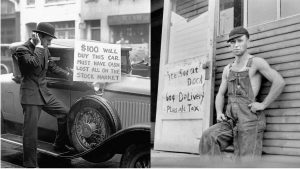Vintage Pictures Showing Why The ’60s Was The Best Sports Decade
It’s understandable to feel disillusioned with modern-day pro sports. While athletes are better than they’ve ever been, there’s a certain disconnect when it comes to watching multi-millionaires compete against each other in multi-billion-dollar stadiums, all in front of fans who’ve often had to spend hundreds of dollars for their seats.
For these reasons, it’s only natural to feel nostalgic for the sporting world of the 1960s. It felt like pro sports had reached a sweet spot: Established enough to provide high-end competition, but organic enough to still feel real. From noteworthy athletes to nostalgic memories, here are some of the reasons that the sporting landscape of the 1960s was so memorable.
Muhammad Ali was in his prime.
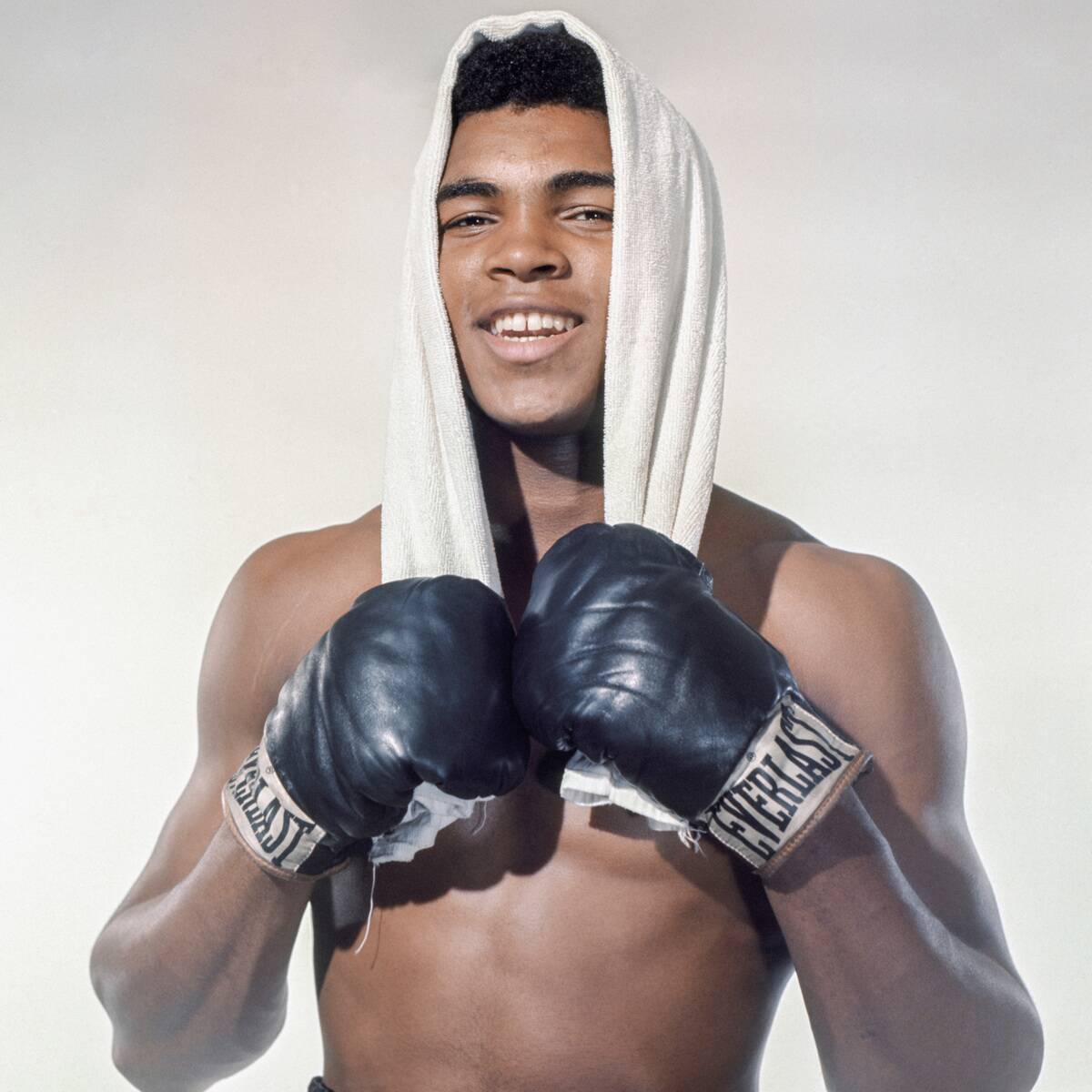
When 22-year-old Cassius Clay defeated the heavily favored Sonny Liston to become the world heavyweight champion, it shocked the world. The upset placed the young boxer front and center in the sporting world, and he only continued to attract headlines when he announced, days after the fight, that he’d converted to Islam and would adopt the name Muhammad Ali.
Ali continued to win fight after fight in the decade, and also became a civil rights leader for his brash outspokenness on issues such as race and religion — and later, the Vietnam War. While he was a polarizing figure at the time, history views him as an American icon.
The modern NFL got its start.
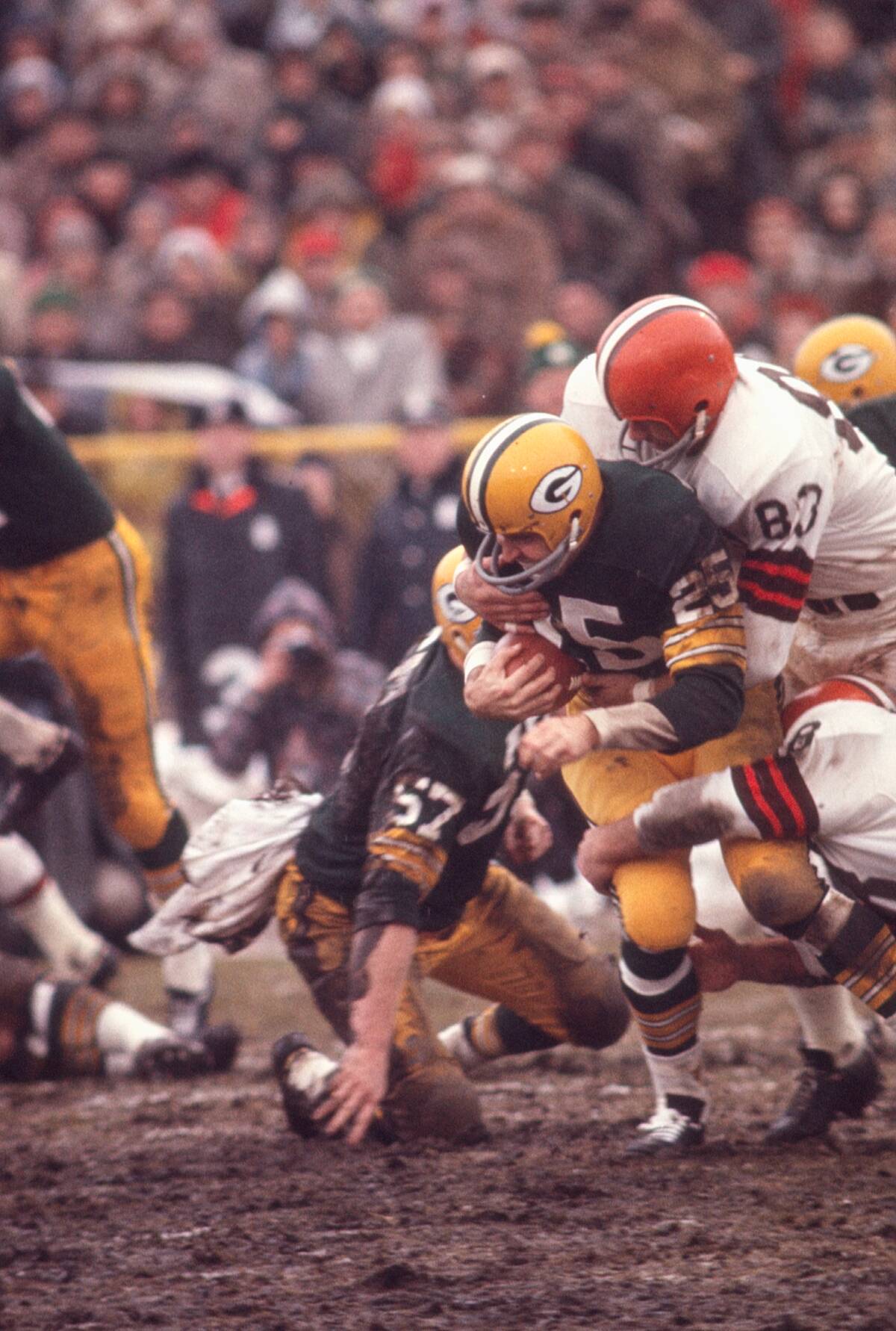
For the first few decades of the 20th century, football was seen as a collegiate pursuit, leaving the professional game as an outlier in the sporting landscape. Starting in the ’60s, though, pro football steadily gained in popularity.
The American Football League, a rival to the NFL, began play in 1960. The new league proved itself and eventually earned the right to play against the NFL champion in a winner-takes-all game. The first of these games was held in 1967, and would later become known as the Super Bowl after the two leagues formally merged.
Wilt Chamberlain set a mark that may never be eclipsed.
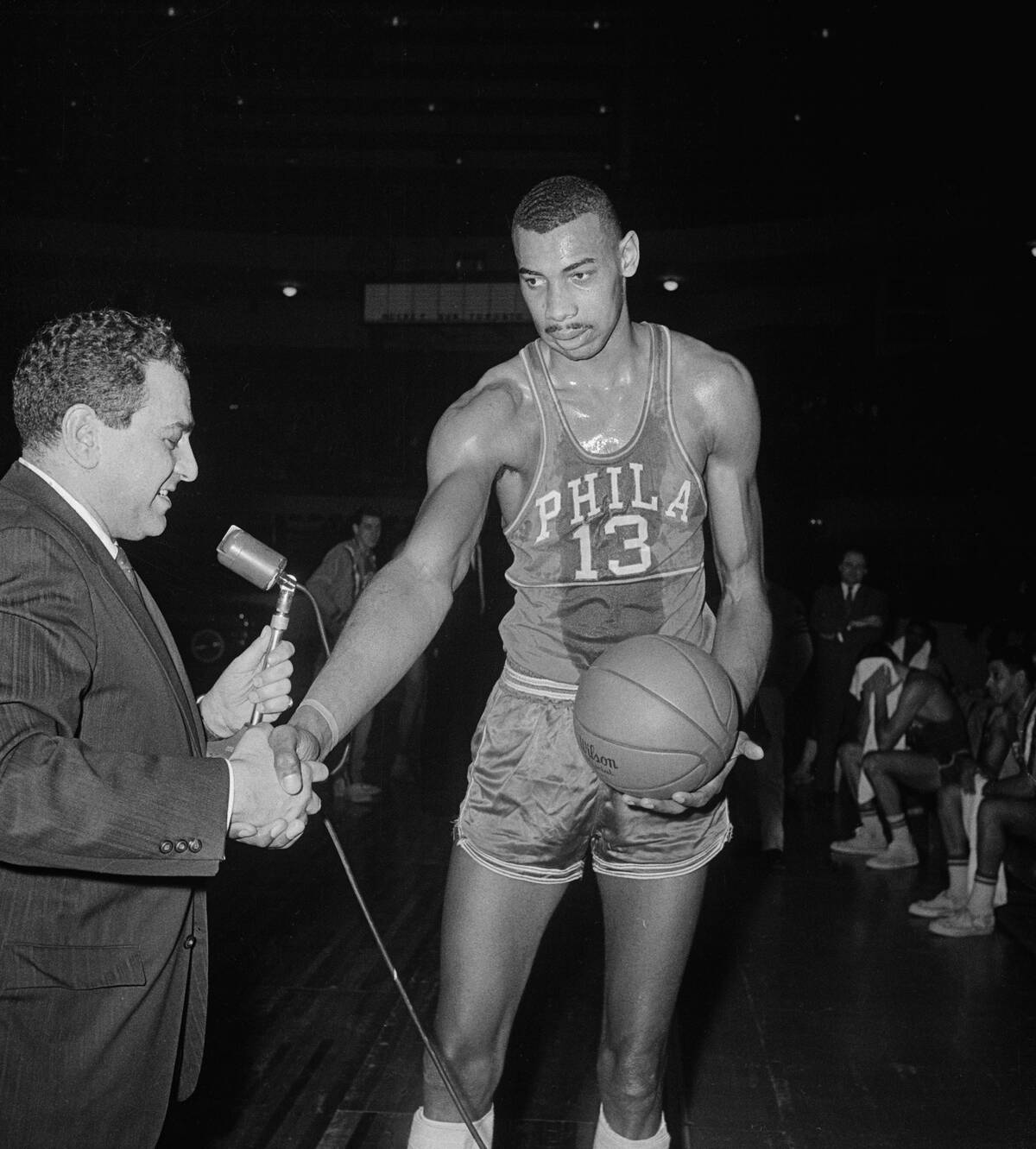
One of the most mythical sports records out there is Wilt Chamberlain’s 100-point game, which he achieved in 1962 while playing for the Philadelphia Warriors against the New York Knicks. It’s mythical not just for the improbability of a player putting up those statistics, but also for the fact that there’s no surviving video footage of the game.
While Chamberlain would have become a legend even if he’d never achieved this rare feat, his 100-point game was a career-defining moment. The closest anyone has ever come to his record came in 2006, when Kobe Bryant put up 81 points for the Lakers.
Baseball truly arrived on the west coast.
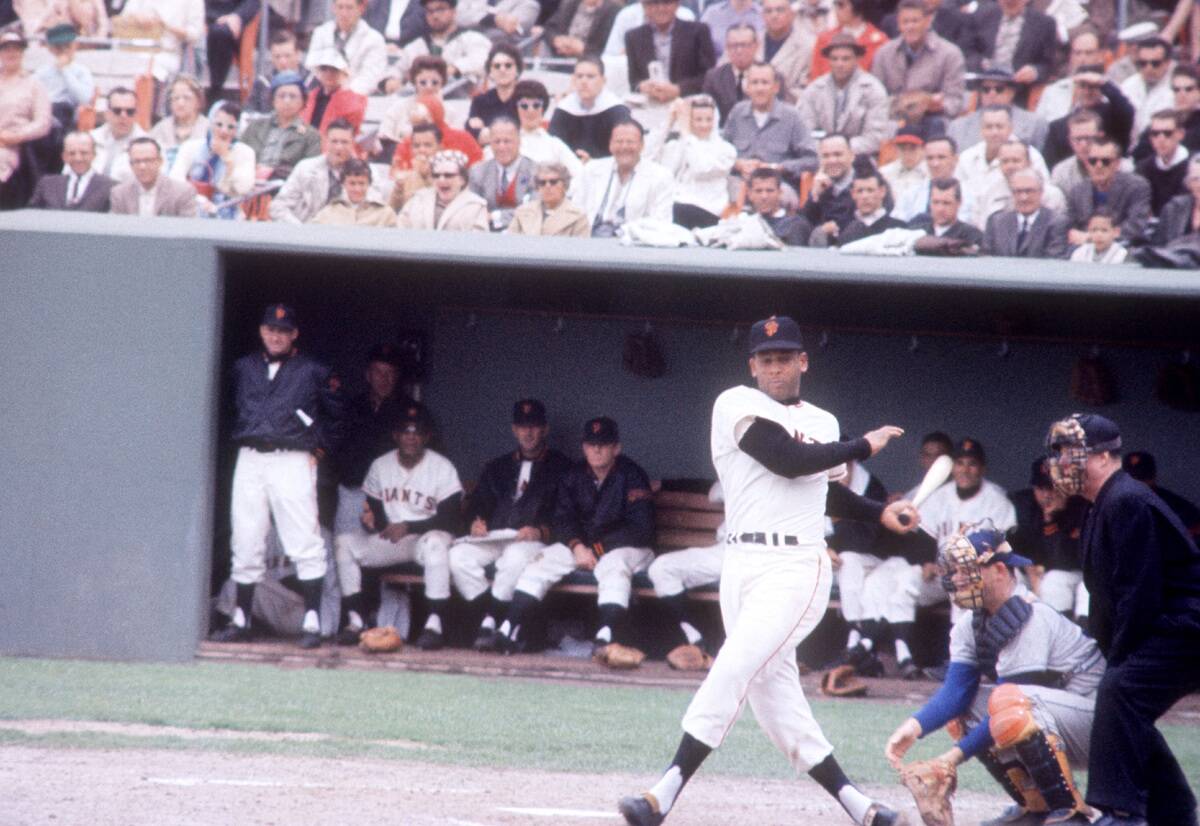
The Dodgers and Giants moved to the West Coast in the 1950s, but for their first few years, they were effectively an outpost, as there were no other MLB teams west of St. Louis. Beginning in the ’60s, though, these California outliers started to find some company.
In the ’60s, both teams would get brand new, purpose-built stadiums, and a wave of expansion and relocation placed four more teams on the West Coast: The San Diego Padres, Oakland Athletics, Los Angeles Angels, and the (short-lived) Seattle Pilots.
The Celtics were unparalleled.
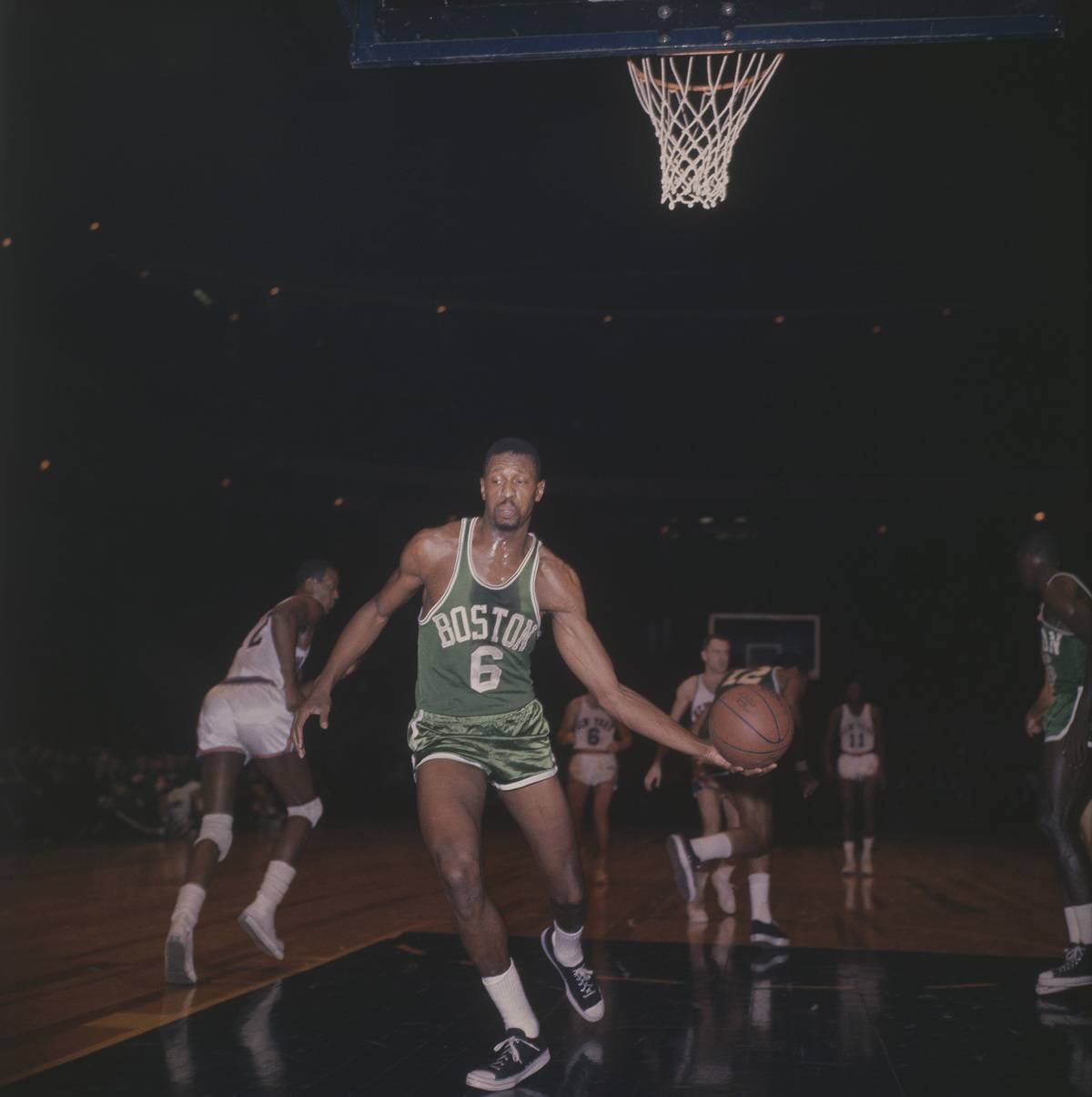
The NBA is a league of dynasties, with fans fondly remembering the Jordan Bulls, Bird Celtics, and Magic/Kareem Lakers. But none of these dynasties can really hold a candle to the Boston Celtics of the 1960s.
During the decade, the Celtics — led by the incomparable Bill Russell — won nine championships, part of an unprecedented run of 11 titles in 13 years. The Celtics weren’t just dominant, they were revolutionary, as their fast breaks and stifling defense helped set the tone for NBA teams in the years to come.
Sandy Koufax was borderline unhittable.
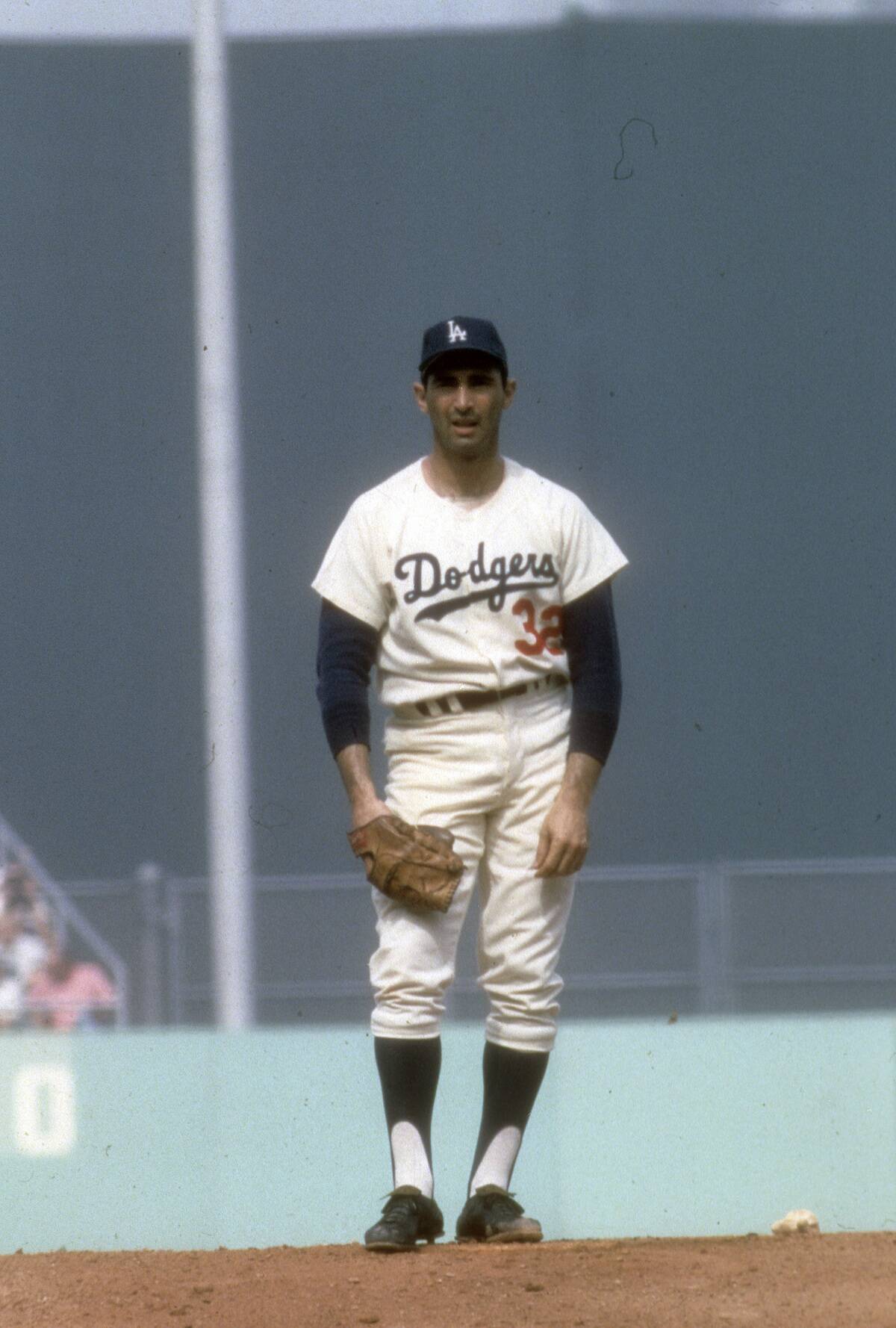
Sandy Koufax, the enigmatic ace of the Dodgers, started out as a struggling pitcher for the Brooklyn Dodgers before emerging as a bona fide star after the Dodgers moved to Los Angeles. Between 1961 and 1966, Koufax won three Cy Young Awards, threw four no-hitters (including one perfect game), and two World Series MVP awards.
What makes his accomplishments even more impressive is the fact that he did all of this while dealing with chronic arm pain brought on by arthritis. In 1966, when he was seemingly at his peak, Koufax made a surprise retirement announcement at the age of 30.
The Miracle Mets surprised everyone.
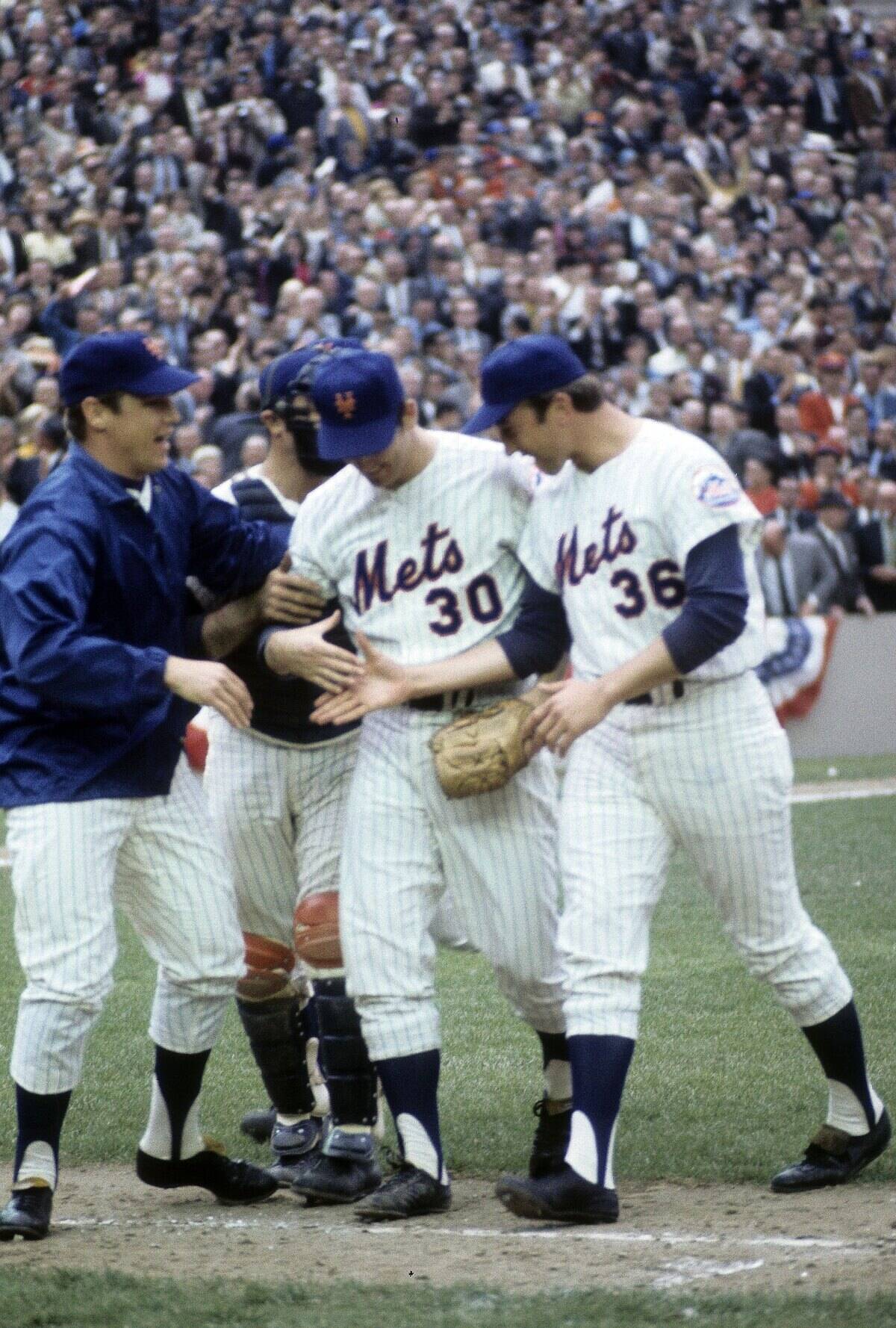
When the New York Mets won the 1969 World Series, it completed one of the most improbable championship runs in baseball history. Just seven years after they joined the National League as a comically inept expansion team, the Miracle Mets were at the top of the baseball world after beating the heavily favored Baltimore Orioles.
The Mets weren’t a team that was devoid of talent, as their pitching staff featured future legends like Tom Seaver and Nolan Ryan. But their feel-good championship was bolstered by unheralded players like Donn Clendenon and Ron Swoboda.
Joe Namath kept his promise.
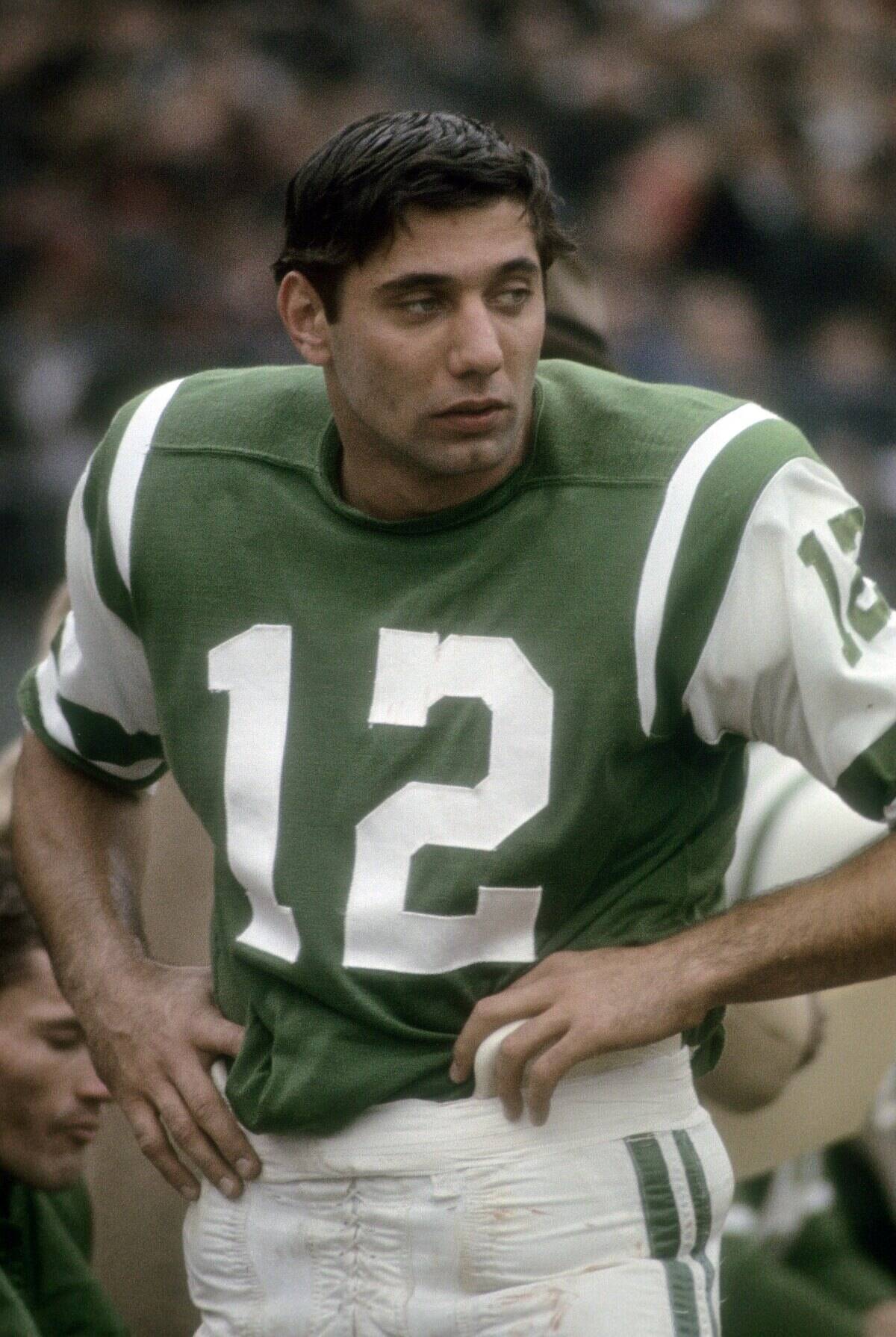
Going into Super Bowl III, virtually everyone favored the NFL’s Baltimore Colts against the underdog AFL representative New York Jets. After all, the Colts were seen as the better team overall, and the NFL had won the first two Super Bowls.
This made it all the more audacious when the Jets’ brash young quarterback Joe Namath guaranteed a Super Bowl win. While his declaration was mocked by many who heard it, he was the one who was laughing in the end as the Jets triumphed 16-7 in the big game. It was one of the biggest upsets in football history, and Namath was named Super Bowl MVP.
England finally brought it home.
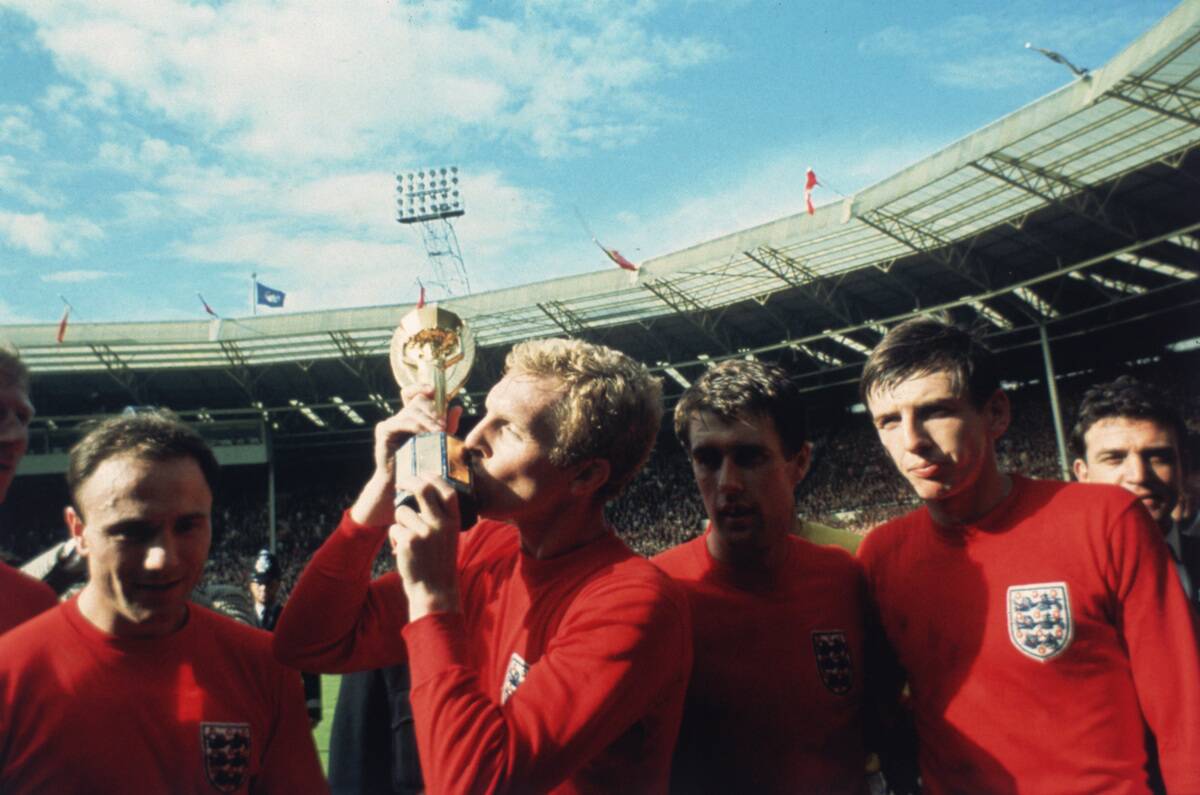
England is the home of soccer but has been mostly snakebitten on the international stage over the decades. The country’s biggest triumph in international soccer came during the 1966 World Cup, when destiny seemed to be in the air.
England hosted the tournament that year (the first, and to date, only time they’ve done so) and they managed to triumph in the World Cup final against West Germany at London’s venerable Wembley Stadium. England has endured countless soccer heartbreaks in the decades since, which only makes the 1966 heroics more memorable.
Basketball grew in leaps and bounds.
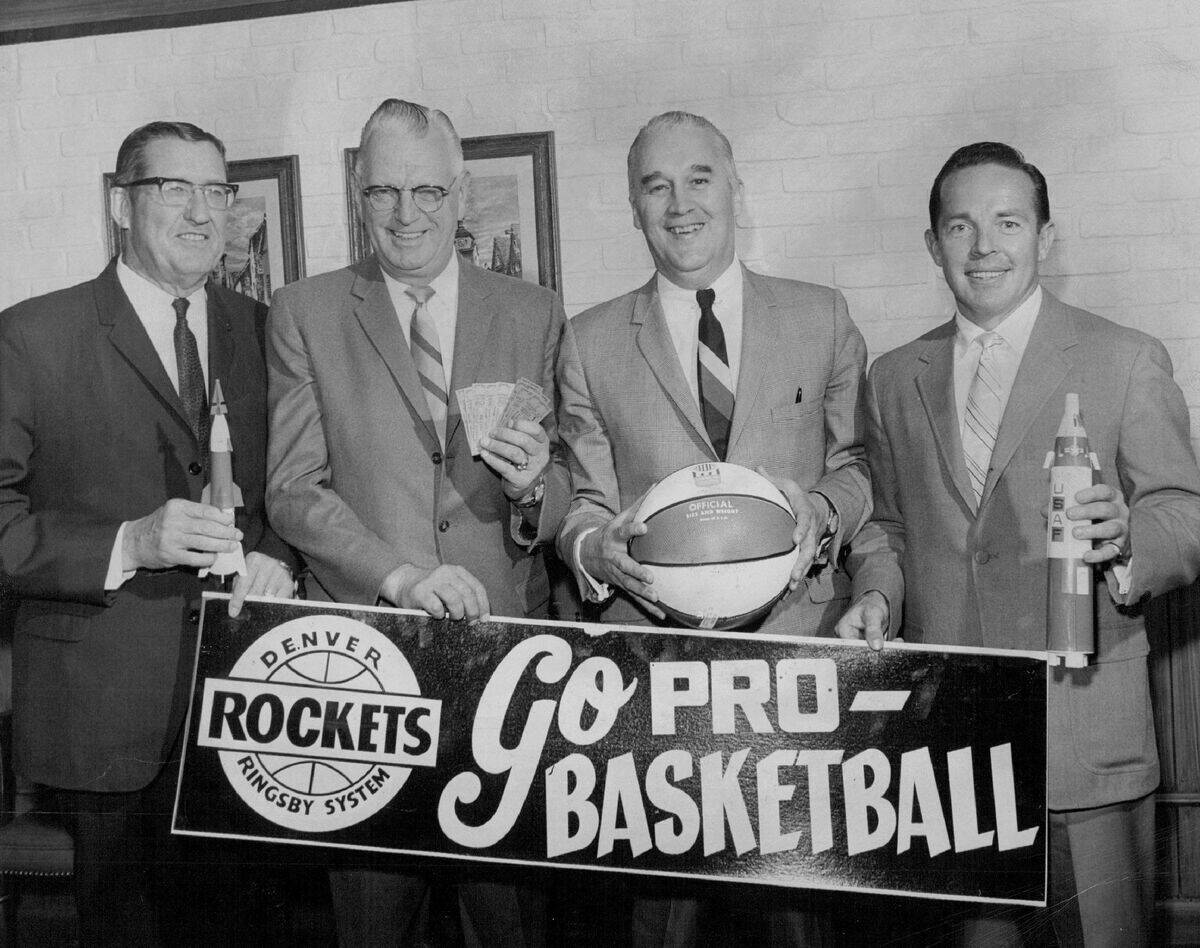
Slowly but surely, basketball became a more prominent sport in the 1960s, even though the NBA landscape was more or less dominated by just one team. In 1967, the sport was popular enough to spawn a rival league, the American Basketball Association.
The new league launched with a bold vision that included a red, white and blue basketball, the three-point shot (years before the NBA adopted it), and bigger personalities on the court. In time, the ABA would merge with the NBA, which means that multiple modern-day NBA teams can trace their lineage back to this league.
Bob Gibson reinvented pitching.
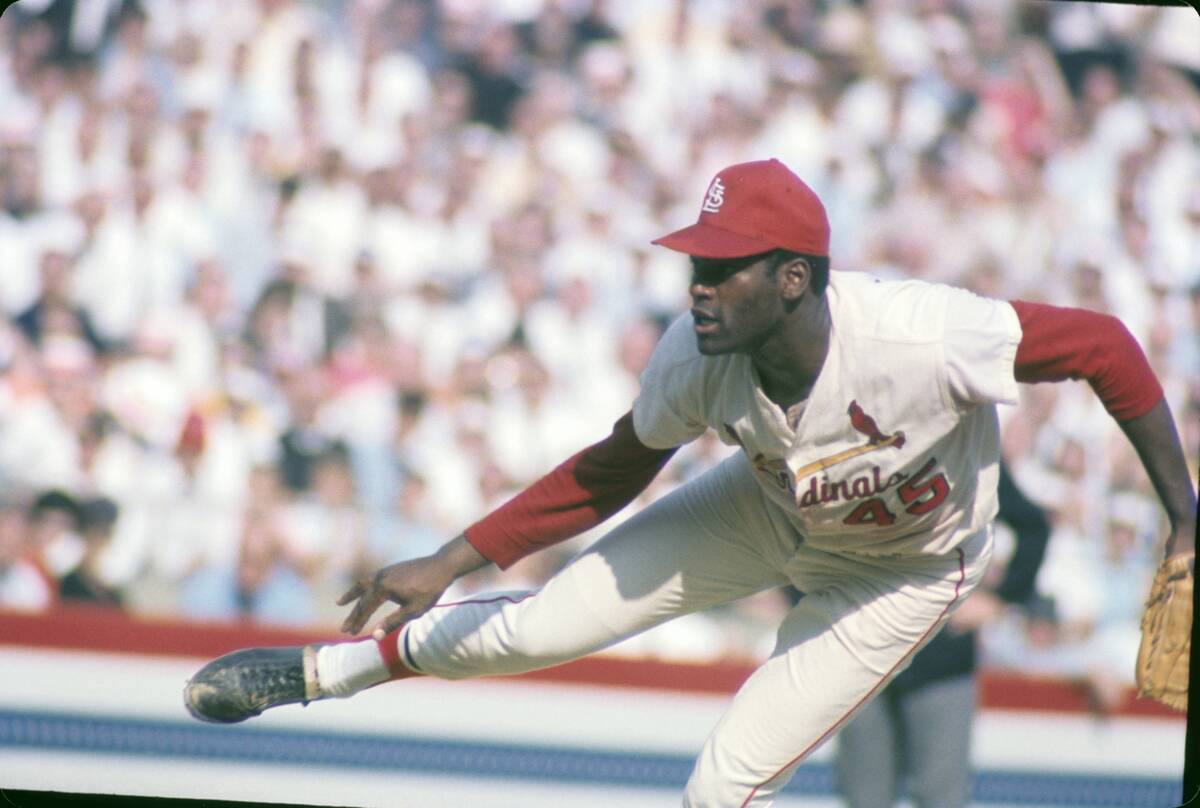
In a decade known for strong pitching performances, St. Louis Cardinals ace Bob Gibson stood out for a season so strong that the very rules of the sport were changed as a direct result.
In 1968, Gibson posted a staggeringly impressive earned run average of 1.12 — the lowest in baseball’s modern era, all while striking out 268 batters and completing 28 of the 34 games he started. 1968 became known as the “Year of the Pitcher” in large part due to his performance. The following year, Major League Baseball lowered the height of the pitching mound from 15 inches to 10 inches to give hitters a fighting chance.
Mantle and Maris challenged the Babe.
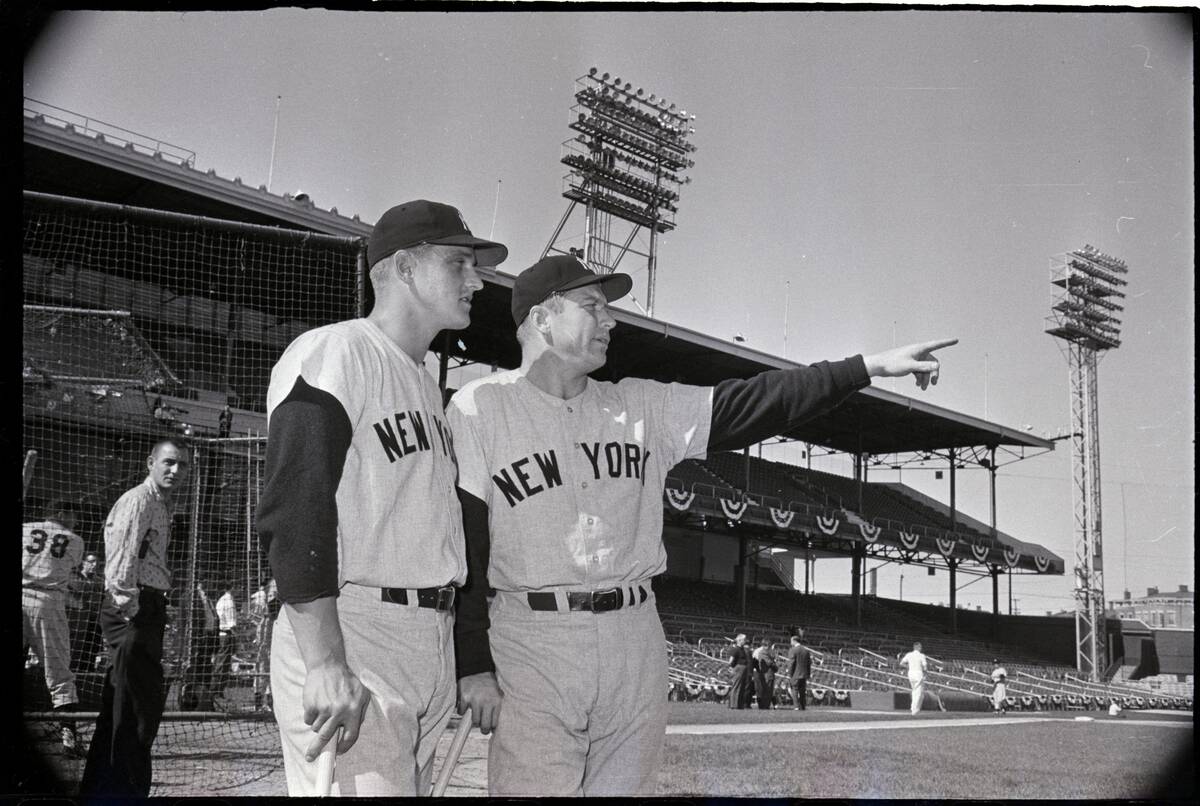
No singular baseball record loomed larger than the 60 home runs hit by Babe Ruth in 1927, but more than three decades later, a pair of Yankees teammates challenged the Babe’s legendary record in a thrilling back-and-forth home run chase that spanned the whole season.
Mickey Mantle dealt with injuries all season, limiting him to 54 home runs, but Roger Maris persisted and hit his 61st home run on the final day of the season. It was a controversial feat, because the MLB schedule in 1961 included 162 games, while Ruth’s record was set in a 154-game season. Of course, this record would become even more controversial when it was beaten by Barry Bonds decades later.
Rod Laver completed the Grand Slam — twice.
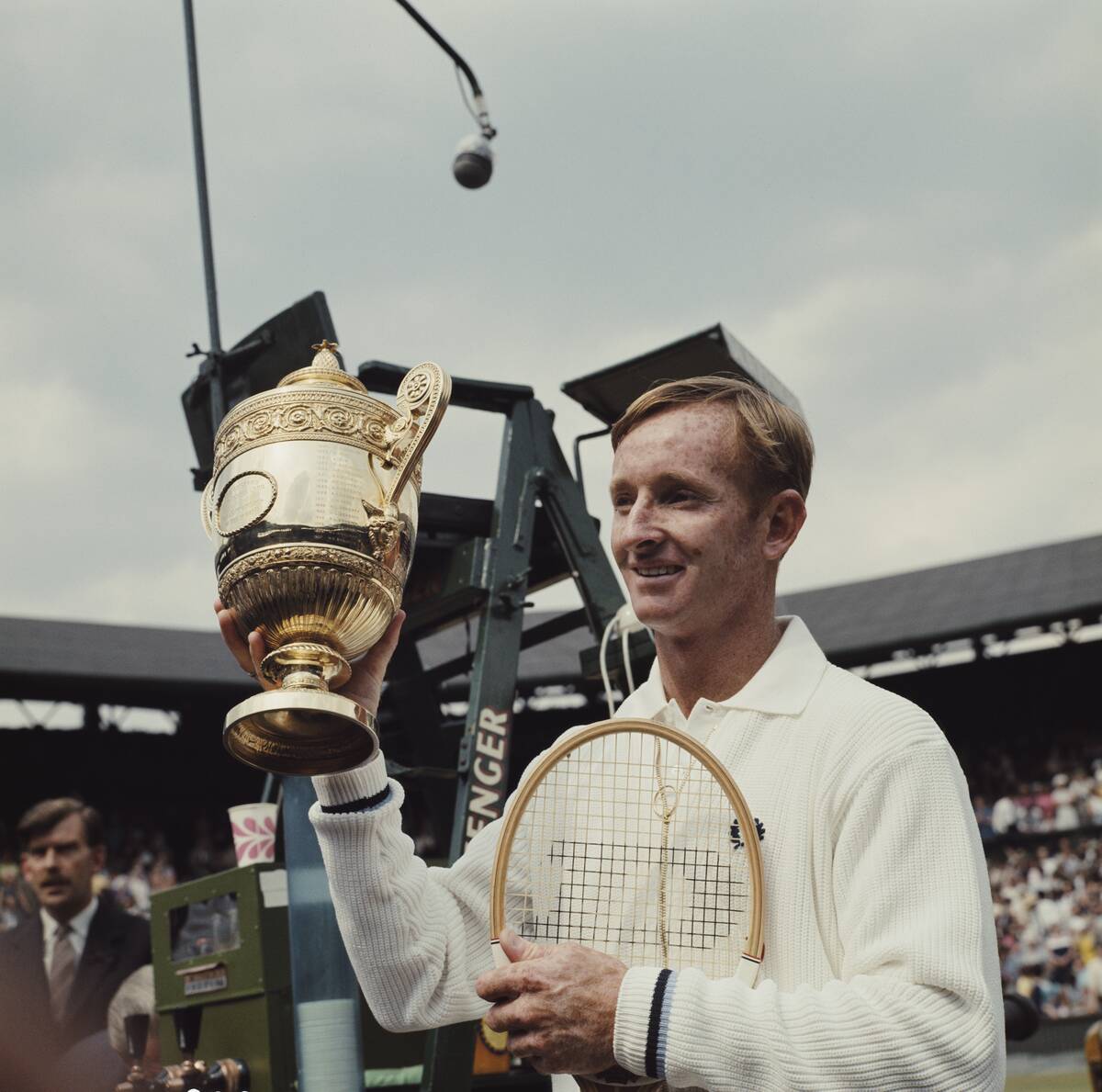
Pulling off a calendar-year Grand Slam in tennis is tough, as it means that all four major tennis titles have been won by the same competitor in the same calendar year. Australian legend Rod Laver managed to achieve this rare feat not once, but twice.
He first pulled it off in 1962 as an amateur and then did it once more, in 1969, as a professional after the start of the Open Era. Laver’s heroics have not been matched since, and he’s recognized today as one of the sport’s all-time greats.
Jack Nicklaus started his legendary career.
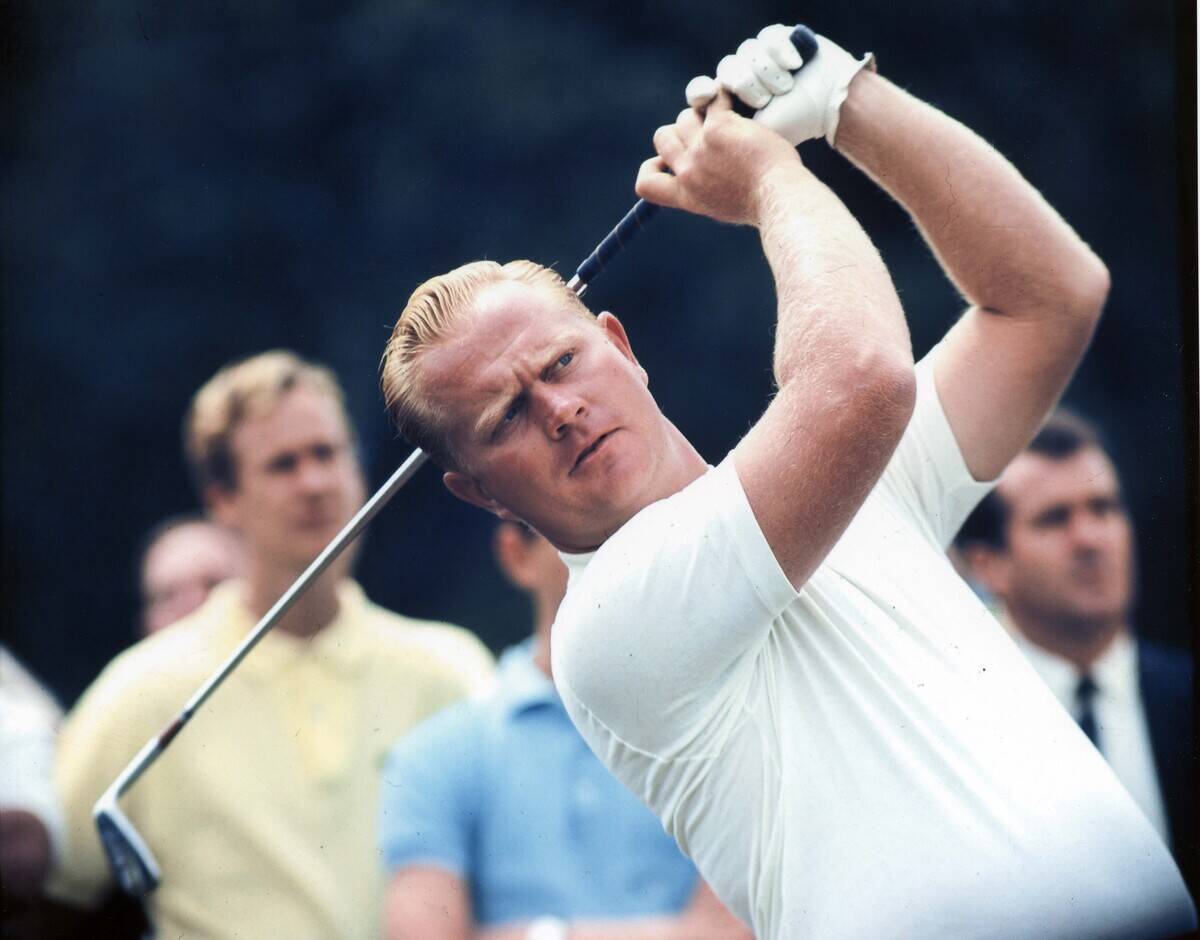
Jack Nicklaus would become one of the defining figures in the golf world, retiring after a legendary career that would see him win a record 18 major championships. All great things have to start somewhere, though, and the legend of Jack Nicklaus began in the 1960s.
At the 1962 U.S. Open, the then-22-year-old Nicklaus won his first major title. The following year, he’d get his first Masters win, and by the middle of the decade he was viewed as one of the top golfers in the world. The ’60s helped lay the foundation for Nicklaus’ rivalries against players like Arnold Palmer and Gary Player, along with his dominance throughout the ’70s and beyond.
Sports got political.
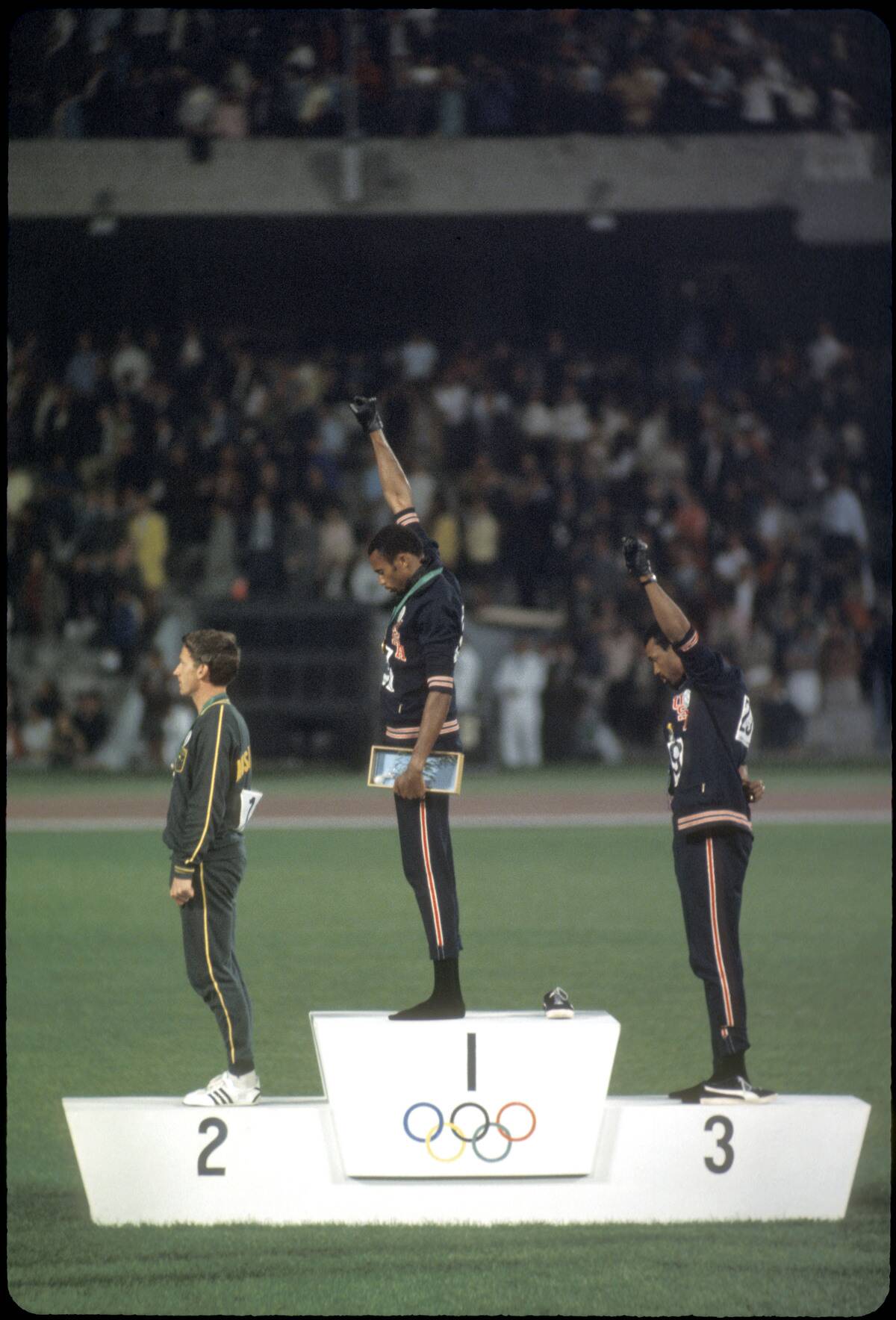
Black American athletes Tommie Smith and John Carlos controversially raced their gloved fists on the podium after winning medals in the men’s 200-meter race at the 1968 Olympics in Mexico City.
The gesture was strong and silent, intended to show solidarity with the civil rights movement while protesting racial injustice. Both athletes faced an immediate backlash, which included expulsion from the Olympic Village. Despite this, their brave stand has gone down in history as one of the most iconic moments not just in Olympic history, but in all of sports.



